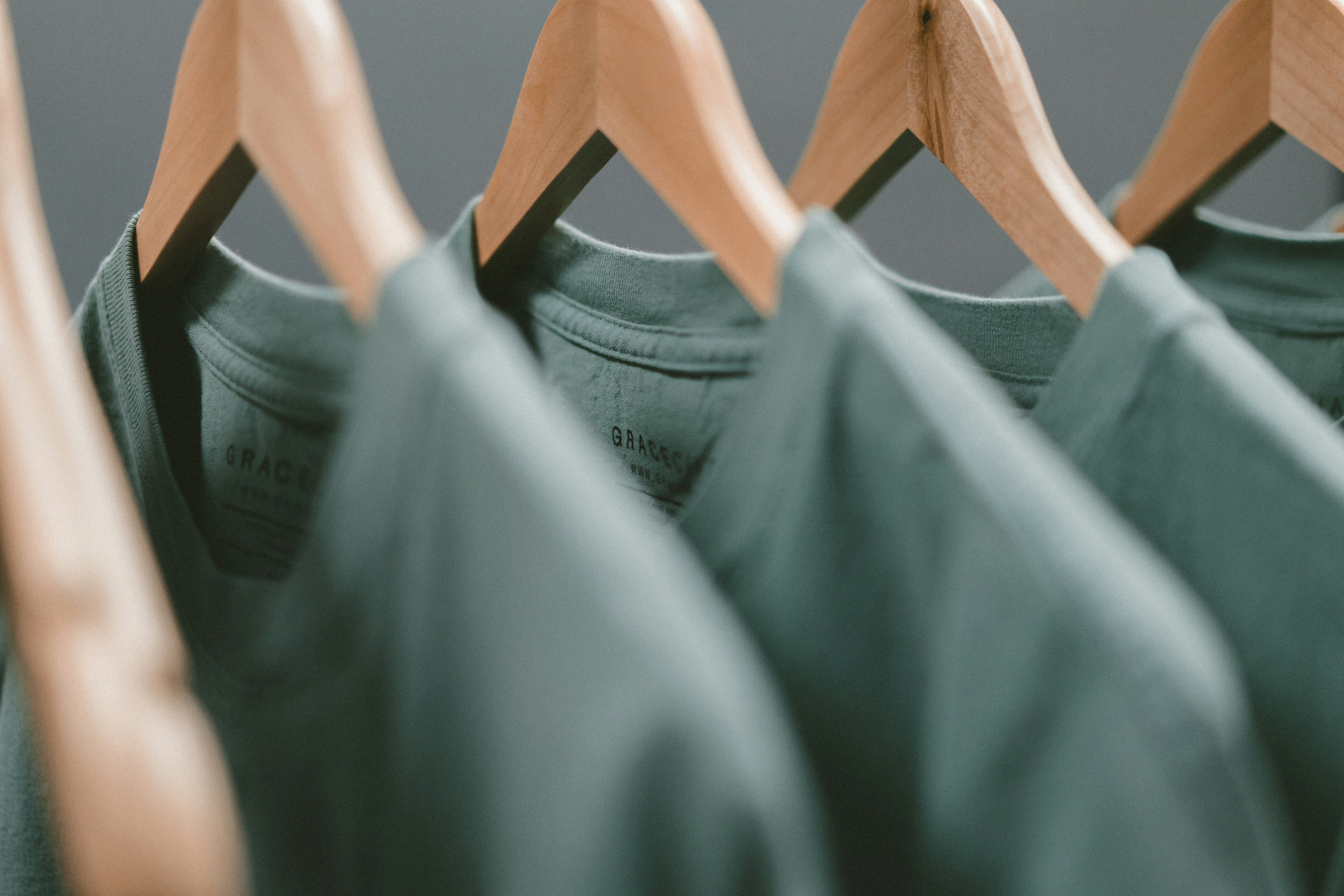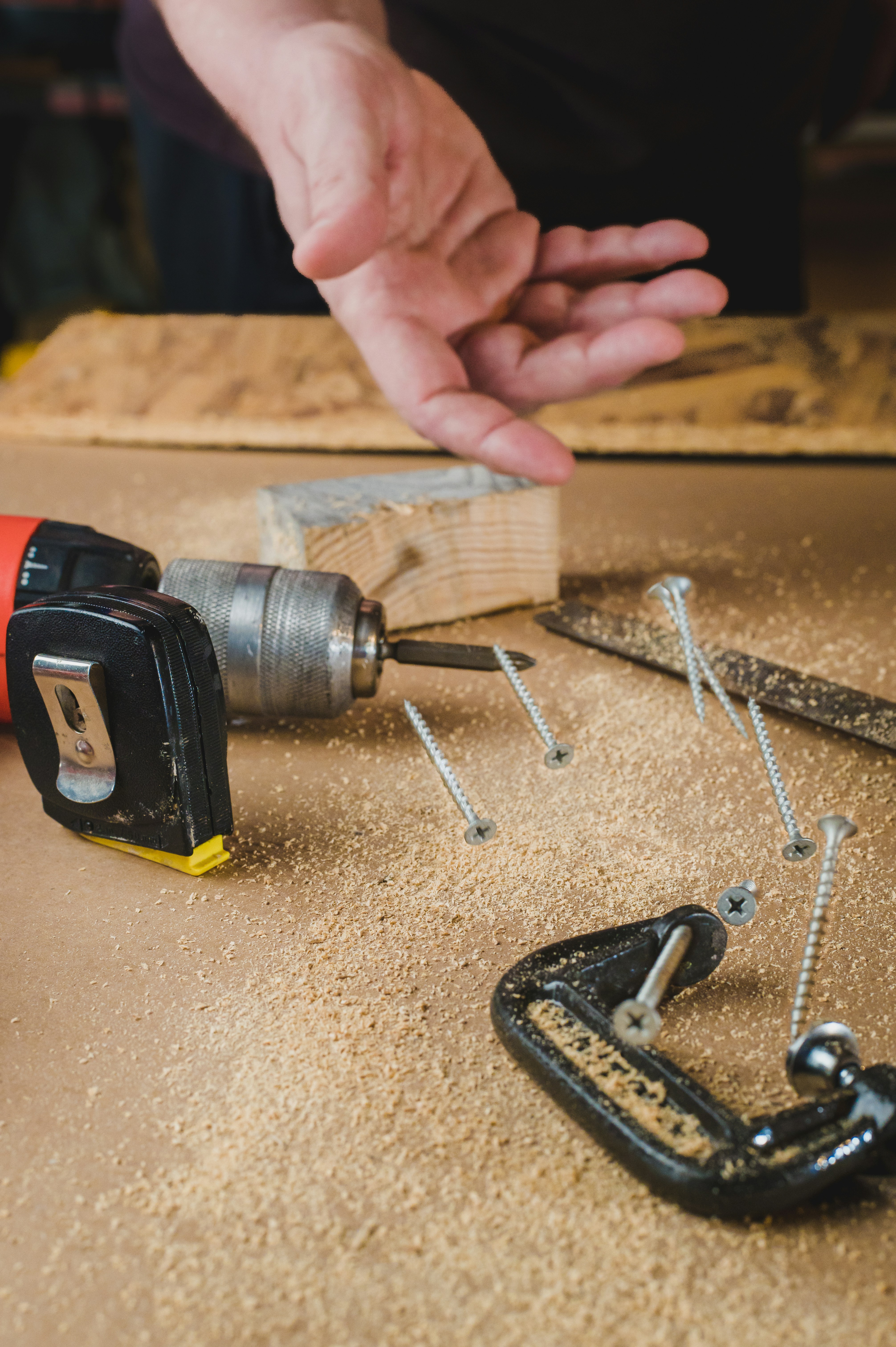Where do I start with SEO for clothing?
David Williams
23 Jun 2025

Clothing search marketing - deep dive...
SEO for Clothing: How Fashion Brands Can Rank, Sell, and Build Long-Term Trust
In a sea of brands shouting on social, your website needs to do something different — it needs to work.
Because right now, customers are searching:
“minimal streetwear UK”
“organic cotton t-shirts”
“affordable women’s blazers online”
“y2k hoodies free shipping”
And if your store isn’t showing up when they search?
You’re just background noise.
That’s where SEO for clothing gives you the edge.
It’s not about gaming Google. It’s about building the kind of structure, content, and trust that actually earns traffic — and turns it into sales.
Why SEO for Clothing Brands Isn’t Optional Anymore
You can run paid ads. You can go viral. But organic search is where long-term sales live.
Because people who search for what you sell are already in the mood to buy.
SEO done right helps your clothing brand:
Rank for what people are actually typing into Google
Get free, high-intent traffic 24/7
Build authority and trust over time
Support all your other marketing with a strong base
Step One: Structure Your Store for Search
Most fashion sites are built to look good — not to rank.
That’s a problem.
If you want your site to rank, you need:
Individual category pages (e.g. “Men’s Cargo Trousers”, “Oversized Graphic Tees”, “Linen Summer Shirts”)
Filterable, crawlable product collections with real text (not just images)
Product pages that each target specific keywords
Content pages like style guides, fit advice, and sustainability breakdowns
A fast, mobile-first shopping experience
Every major page should be mapped to a keyword with real demand — backed by data, not guesswork.
Get Specific — “Clothing” Is Way Too Broad
You don’t rank for “clothing”. You rank for the exact thing someone is shopping for.
That might be:
“heavyweight blank t-shirt UK”
“vegan leather biker jacket”
“plus size flared jeans”
“kid’s organic dungarees”
Each one of these deserves its own:
Collection page
Keyword-optimised title + meta description
On-page content that sells the item and supports SEO
Internal links from blog posts, lookbooks, or product roundups
And remember — use phrases your actual customers use, not just what’s trendy inside your team.
Step Two: Talk About What You Actually Do
Do you offer:
Limited drops?
Made-to-order garments?
Ethical production?
Heavy focus on fit or tailoring?
Custom branding for B2B?
Make pages or sections for each of those angles. Not just as features — but as topics people might search for. Build content and keywords around them.
This is how SEO for clothing becomes strategic — and brand-aligned.
Step Three: Use Content to Dominate Topics, Not Just Sell Products
No, content isn’t just for blogs. It’s for:
Building internal links
Educating customers
Answering real questions
Boosting your authority in search
Example content ideas:
“How to style wide-leg trousers in winter”
“What’s the difference between organic and recycled cotton?”
“5 minimalist wardrobe essentials for men in 2025”
Each article should:
Target a long-tail keyword
Link to relevant category or product pages
Feel useful — not salesy
This is how you build trust and rankings.
Step Four: Show Trust Signals Everywhere
People don’t just want cool clothes. They want to feel confident hitting “Buy Now.”
Use:
Reviews and UGC (user-generated content)
Star ratings on product listings
Clear size guides, return policies, shipping info
Press mentions or awards if you’ve got them
Instagram galleries or lookbooks showing the clothes in real life
SEO supports visibility. Trust gets the sale.
Step Five: Fix the Technical SEO Foundations
It’s boring. But it’s powerful.
Make sure your clothing site is:
Fast (especially on mobile)
Secure (HTTPS)
Structured with proper H1, H2 tags
Using readable URLs (e.g.
/mens-organic-hoodies/not/cat123/page.html)Using compressed images with proper alt text
Also: set up and optimise your Google Merchant Center, especially if you’re selling in Shopping or Local.
Step Six: Build Backlinks From the Right Places
Google cares who links to you. And for fashion brands, authority matters.
Simple way to start:
Search:
“write for us” + fashion blog
“guest post” + ethical clothing”
Submit helpful content with natural links to your store. Bonus if it’s a niche match (streetwear blogs for streetwear, sustainability blogs for ethical fashion).
Backlinks = credibility. Simple as that.
SEO for Clothing: The Quickfire Checklist
• [ ] Keyword-driven category and collection pages
• [ ] Product pages built around real search terms
• [ ] Filterable, indexable product collections
• [ ] Blog or content strategy that links to products
• [ ] Internal linking across content and collections
• [ ] Mobile-friendly, fast-loading storefront
• [ ] Customer reviews and strong product trust signals
• [ ] Proper metadata, image alt text, and structure
• [ ] Backlinks from fashion, lifestyle, or ethical blogs
SEO for Clothing Brands That Want to Scale
If you’re building a brand that lasts — SEO should be part of the foundation.
Because paid ads go up and down. Algorithms change. But when your store ranks for what people are searching for — you win every day.
Proper SEO for clothing means:
Your collections show up
Your product pages earn traffic
Your content builds trust
Your store scales without burning money
Let other brands rely on luck. You’ve got a strategy now.
Want this turned into a landing page or adapted for Shopify/WordPress fashion stores? Just say the word — I’ll tailor it to your stack.
More articles
Explore more insights from our team to deepen your understanding of digital strategy and web development best practices.







